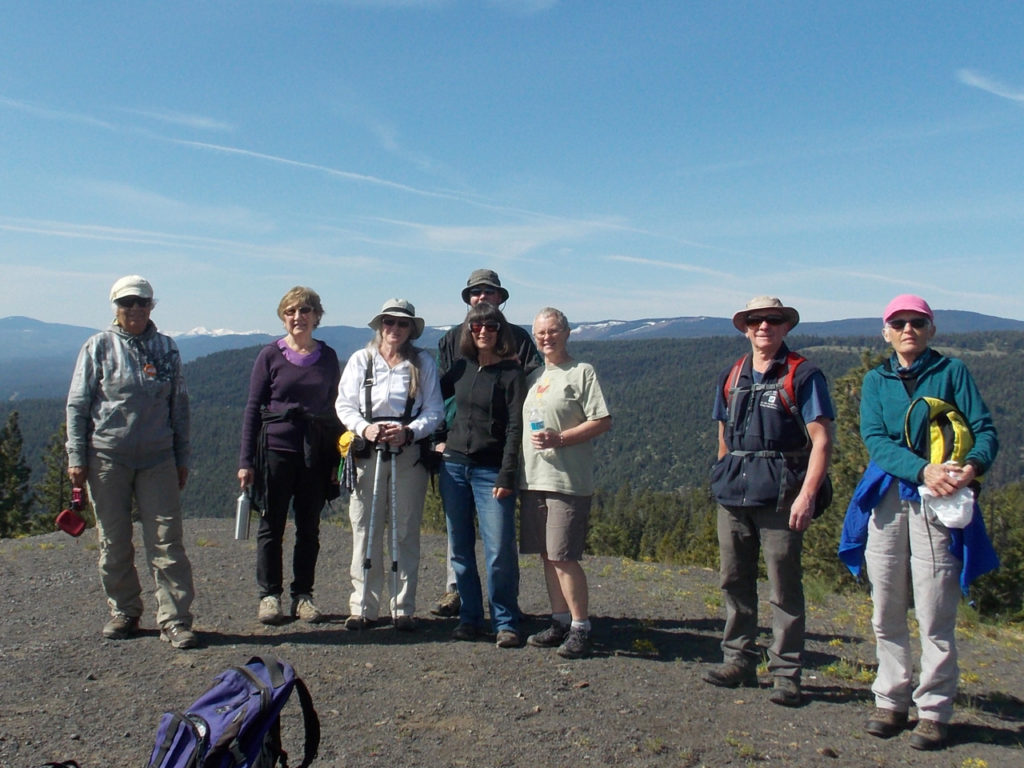
A field trip to the White Lake Grasslands Protected Area rewarded us with great views, plenty of birds, familiar flowers and plants, and two adult black bears! The area was teeming with interest. The moderate 7 km hike from White Lake to Mahoney Lake passed quickly as we stopped to admire the wildflowers; the Mock Orange bushes, in particular, were blooming gloriously. Here and there were clumps of Giant Wildrye Grass, the ubiquitous Big Sagebrush, and tall Ponderosa Pines that provided wonderful shade. Numerous butterflies and dragonflies flickered around us. Cathy and Jason Lahaie helped us identified 34 species of birds. Stopping at one small lake someone spotted 2 adult black bears on the other side. Being a sufficient distance from them, we admired them without feeling that we were encroaching on their territory. After a quick lunch at a man made dam in the shade of trees, we continued to Mahoney Lake. Mahoney Lake is an Ecological Reserve. “An ecological reserve provides the highest protection for the maintenance of physical and biodiversity while allowing for research and educational activities.” Mahoney Lake is one of few meromictic lakes in BC, which means that the water remains unmixed with the main water mass during normal circulation period. Mahoney Lake is particularly noted for its purple sulphur bacteria, which needs H2S & CO2 to develop. Go online and read more about this fascinating lake. Reaching Green Lake Road, we boarded our cars and went off to Tickleberry to enjoy a much needed treat!


